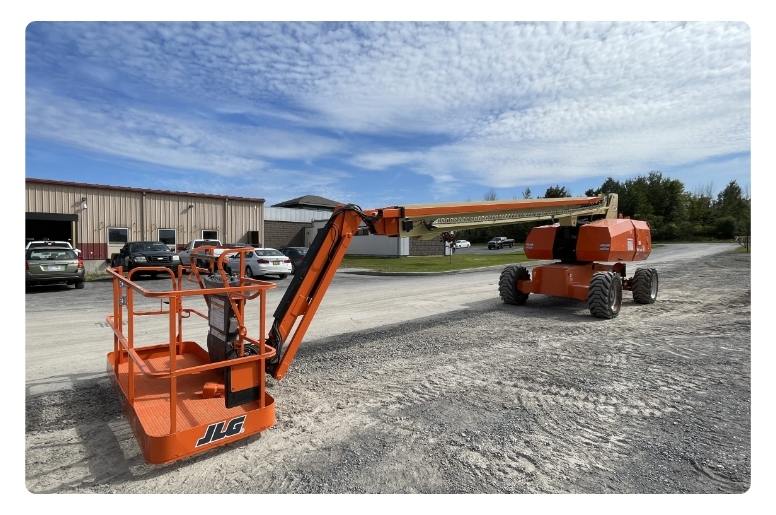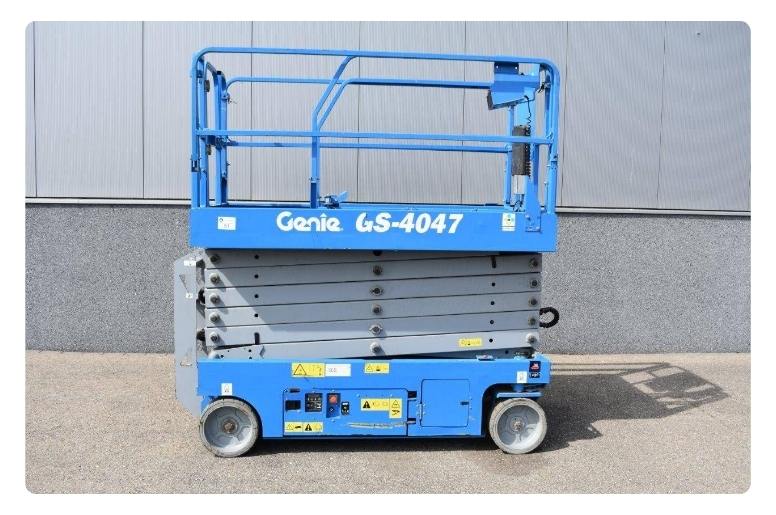Top 5 Mistakes to Avoid When Buying a Used Boom Lift in UAE

Rashid
Er. Rashid is a seasoned Equipment Operations Manager with over 12 years of experience in heavy machinery logistics, resale, and fleet optimization across the Middle East and Africa. Having worked with leading construction and rental firms, he specializes in evaluating equipment value, procurement strategy, and resale planning. At Mikas, he shares industry insights to help contractors and asset owners make smarter machinery decisions.
Table of Contents
Quick Comparison Table – What to Check vs. What Most Buyers Miss
| ✅ What You SHOULD Check | ❌ What Most Buyers Overlook |
|---|---|
| Service history & inspection report | Signs of frame stress or weld cracks |
| Hydraulic system condition | Platform floor corrosion |
| Working hours vs age balance | Incomplete export paperwork |
| OEM part replacements | Control panel responsiveness |
| Tire & chassis wear (not just boom) | Local compliance & safety labels |

By Rashid, Equipment Operations Manager – MIKAS AE
With over 12 years in heavy machinery logistics, resale, and equipment strategy across UAE, Saudi Arabia, and Africa, I’ve seen everything from smart purchases to budget-burning blunders.
At MIKAS, my goal is to help you avoid the costly mistakes many first-time buyers make when sourcing a used boom lift.
Let’s dig into the top 5 mistakes I’ve personally seen contractors, procurement heads, and asset owners make — and how you can avoid them
1. Ignoring the Machine’s REAL Working Hours
Don’t just rely on the machine’s age or appearance.
I’ve seen 2020 models with 10,000+ working hours look cleaner than 2018 units.
High working hours directly affect hydraulic wear, motor stress, and electronic reliability.
🔧 Tip: Ask for service logs + compare against physical wear signs like joystick lag or hydraulic oil seepage.
2. Skipping the Inspection Report or Rushing the Video Review
I’ve had clients who bought lifts purely off photos — then discovered joystick errors or lift tilting issues.
A proper inspection video and report can uncover issues no image ever will.
📹 Tip: At MIKAS, every used boom lift comes with full inspection footage. Never buy blind.
3. Overlooking Local Compliance & Export Readiness
I’ve seen buyers stuck at port because of missing export clearance or outdated safety labels.
A boom lift must meet local authority regulations, especially in UAE, KSA, and Africa.
📄 Tip: Confirm compliance tags, export-ready certification, and ensure the platform matches site safety requirements.
4. Chasing the Cheapest Price Without Understanding Refurb Quality
A cheaper machine isn’t a better deal if it lacks a service history.
Many resellers repaint worn-out lifts and push them as “low-hour” units. I’ve had to rescue clients from post-sale disasters due to this.
💡 Tip: Ask whether OEM parts were used. At MIKAS, we provide verified service records and breakdowns of any refurb done.
5. Ignoring Post-Sale Support & Spare Part Availability
Boom lifts eventually need replacements — joystick modules, sensors, seals, etc. I’ve seen buyers stuck when sellers disappeared post-sale or when parts were out of reach.
🔩 Tip: MIKAS maintains global spare part networks and offers post-sale sourcing support — crucial for smooth project continuity.
Final Thoughts
Buying a used boom lift isn’t just a transaction — it’s a long-term operational decision.
By avoiding these 5 common pitfalls, you’ll ensure better ROI, lower maintenance cost, and smoother site operations.
If you need help evaluating a lift, even if it’s not from MIKAS, feel free to reach out.
My job is to help you make smarter, safer choices.
📞 Contact the MIKAS team today for verified boom lifts, zero broker fees, and support that goes beyond delivery



